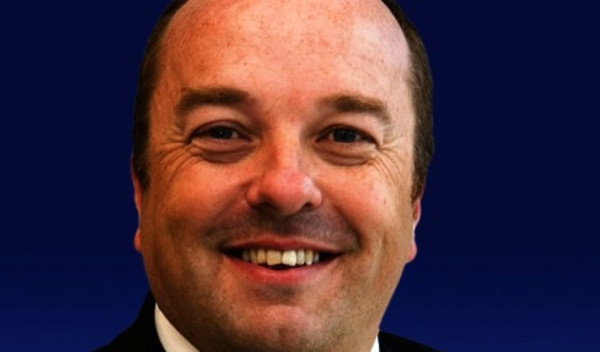

Rathbone’s David Coombs said the popularity of passive funds is waning and will be outpaced by their actively-managed peers in just a year.
Speaking to FTAdviser, the firm’s head of multi-asset investments said the “euphoria” around passives has been falling over the past 12 months and will continue to slide as investors see active managers performing better.
Figures from Morningstar show global flows into non-index linked funds fell by 2.8 per cent between 2014 and 2015, whereas flows into passives increased by 7.7 per cent over the same period.
However, the data - which records up to 31 March this year - also showed flows into active funds had started to gain traction again, increasing by 0.4 per cent since 2015.
Mr Coombs said: “In the next year, I think the opportunity for active managers to outperform should be easier,” suggesting there will be higher levels of stock dispersion over the next 12 months, meaning the performance of stocks listed on a single index will vary more widely.
He said this doesn’t necessarily mean active managers are picking the best stocks, but instead means they are avoiding the worst stocks.
“I think the enthusiasm for passives became over the top,” he stated. “It had previously been based on seven or eight years of markets which were driven by high levels of quantitative easing and liquidity pouring in; I think we are coming to the end of that.”
Forecasting a stall in the rise of passives, Mr Coombs said tracker funds still have an important part to play.
But he said he was concerned by their rise, pointing to the EU referendum and the risk the FTSE could underperform if the vote looks close.
He said passive investing doesn’t make sense in lots of respects, suggesting what is more important is where a company earns its revenue than where it is listed.
All of Rathbone’s multi-asset portfolios currently have a small amount of exposure to passive funds, with Rathbone Enhanced Growth at 7.7 per cent, Rathbone Strategic Income at 5 per cent, Rathbone Total Return at 1.4 per cent, and Rathbone Strategic Growth at 0.4 per cent.
Ben Willis, head of research at Whitechurch Financial Consultants, said he agreed with Mr Coombs from an investment perspective because equity and bond markets look fully valued across the board at the moment.
He said: “This kind of environment lends itself to active stock-pickers who are able to seek out opportunities within markets and back these with conviction.
“It sounds clichéd but I would agree that we are in a stock-pickers market, and this is the route that we favour.”
However, the key driver for passive fund popularity has been costs, which Mr Willis said is not going to change.
“Passives are still cheap relatively and - as pro-passive investors continually argue - the majority of active funds fail to beat broad benchmark indices.
“The fund management industry is in a cost-conscious state, and due to this fact I still see passives remaining a popular choice for lots of investors.”
katherine.denham@ft.com




